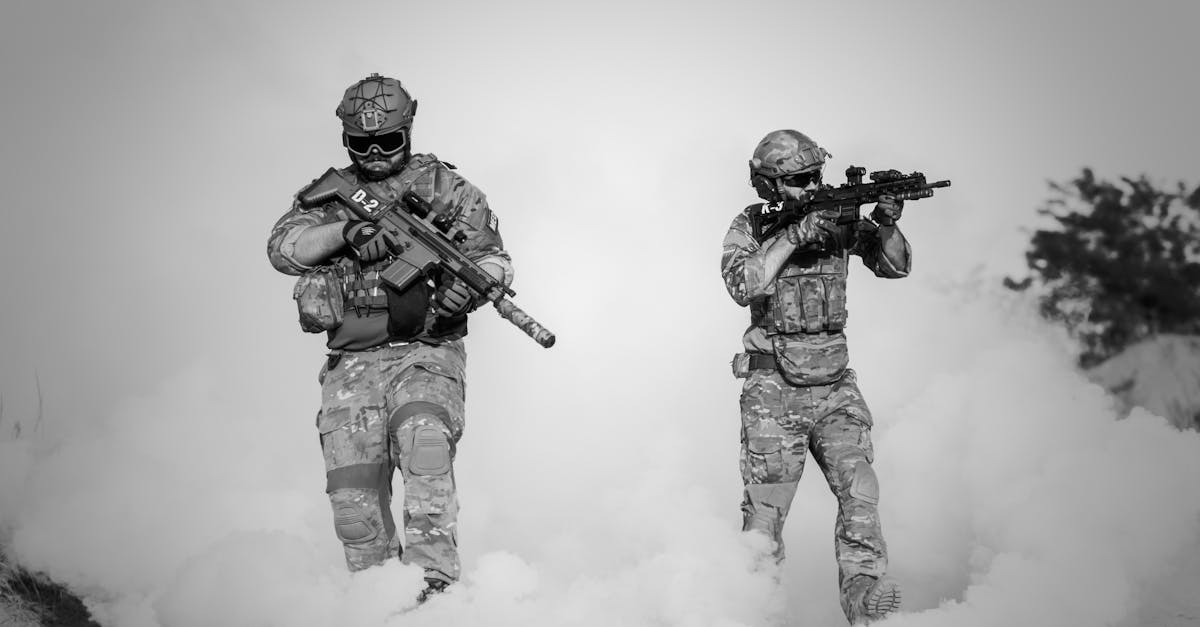The passive defense equipment plays a fundamental role in protecting individuals and property in the event of armed conflict or attacks. By integrating security measures such as shelters, alert systems, and emergency protocols, this set of devices aims to minimize risks and ensure optimal security in the face of potential threats. The design of this equipment is part of a proactive approach, allowing for the prevention of damage and the preservation of the integrity of populations during unforeseen events.
Table des matières
ToggleWhat is passive defense equipment and why is it essential for our security?
The passive defense equipment refers to the set of measures and devices in place to protect populations, infrastructure, and property in the event of armed conflict or attack. Unlike active measures that aim to intercept and neutralize aggression before it occurs, passive defense comes into play when danger is already present or imminent. Its objective is to minimize damage and ensure a level of security for the affected individuals.
Among the main elements of passive defense equipment, we find the construction of shelters such as bunkers and reinforced basements. These structures are designed to withstand aerial attacks and provide a safe refuge during times of crisis. It is essential that these infrastructures are strategically located and accessible so that a maximum number of people can benefit from them in case of emergency.
The training and information of populations also play a crucial role in passive defense. Awareness campaigns are regularly organized to inform citizens of the risks they may face and the precautions they should take. This includes the distribution of explanatory brochures, organizing training sessions on behaviors to adopt in crisis situations, as well as establishing alert systems to quickly inform the public.
Another important aspect of passive defense equipment is the protection of essential infrastructure. For example, hospitals, emergency centers, and critical infrastructure must be protected, not only to ensure their operation during emergencies but also to ensure the safety of individuals frequenting these places. Measures must be implemented to secure these physical facilities against the direct impacts of a potential attack.
In terms of technology, passive defense equipment may include threat detection systems, lighting systems, and surveillance cameras that allow for anticipating and swiftly reacting to dangerous situations. These technological tools help enhance security in sensitive areas and monitor suspicious behaviors that could indicate a potential threat.
To be effective, passive defense devices must be regularly maintained and updated. This involves continuous risk assessment and adaptation of equipment based on new threats. Cooperation among different levels of government, including security forces, municipalities, and non-governmental organizations, is essential to create a solid and responsive defense network.
In conclusion, passive defense equipment is a fundamental element of national security. It not only helps protect human lives but also safeguards essential assets in the case of conflicts. The effective implementation of these measures enhances the resilience of populations in the face of emergency situations, while ensuring better preparedness to deal with the unforeseen.

FAQ on passive defense equipment
Q: What is passive defense equipment?
A: Passive defense equipment refers to the set of means and devices established to protect populations in cases of armed conflict, such as shelters, secured infrastructure, and prevention systems.
Q: Why is passive defense essential for our security?
A: Passive defense is essential because it aims to reduce risks for civilians by limiting potential damage during conflicts, ensuring a rapid response to emergency situations, and protecting material assets.
Q: What are the main elements of passive defense equipment?
A: The main elements include shelters, alert systems, evacuation plans, and awareness programs for civilian populations.
Q: How is passive defense implemented in society?
A: Passive defense is implemented through preventive measures such as constructing shelters, training rescue teams, and disseminating information on behaviors to adopt in case of an attack.
Q: What are the differences between passive defense and active defense?
A: Passive defense focuses on protecting people and property before and during a dangerous event, while active defense involves military actions or direct interventions to neutralize the threat.























